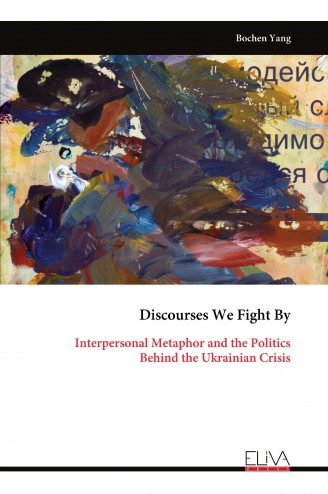Descripción
This book explores how interpersonal metaphors function as cognitive and communicative tools in international conflict and its resolution. Moving beyond linguistic description, it shows how states use metaphors—such as “partner,” “adversary,” or “audience”—to frame relationships, shape perceptions, and guide diplomatic conduct. Through analysis of discourse from Russia, the U.S., and the EU, the study reveals how metaphorical framing transforms abstract geopolitical tensions into relatable interpersonal dynamics, thereby influencing policy choices and negotiation strategies. A key focus is the recurring “anti-Russia” metaphor in Western security discourse, which constructs Russia as a systemic threat and justifies containment policies. The book argues that such metaphors are not merely rhetorical flourishes but foundational to how actors interpret intentions, assign blame, and envision outcomes. Critically, it demonstrates that recognizing these metaphorical structures opens pathways for reframing conflicts: shifting from adversarial scripts to cooperative ones can create space for dialogue and de-escalation. By treating metaphor as a bridge between cognition and action, the book offers policymakers and mediators tools to detect hidden assumptions, challenge unproductive narratives, and co-construct more constructive relational frameworks. Ultimately, the research underscores that effective conflict resolution requires attention not only to interests and power but also to the discourse through which relationships are imagined. Interpersonal metaphors, precisely because they resonate emotionally and cognitively, hold unique potential to reconfigure entrenched hostilities into manageable disagreements—and, where possible, into opportunities for cooperation. Thus, to resolve the Russia-Ukraine conflict necessitates rebuilding mutual trust through diplomatic discourse, focusing on security concerns and identity recognition rather than a zero-sum game.

